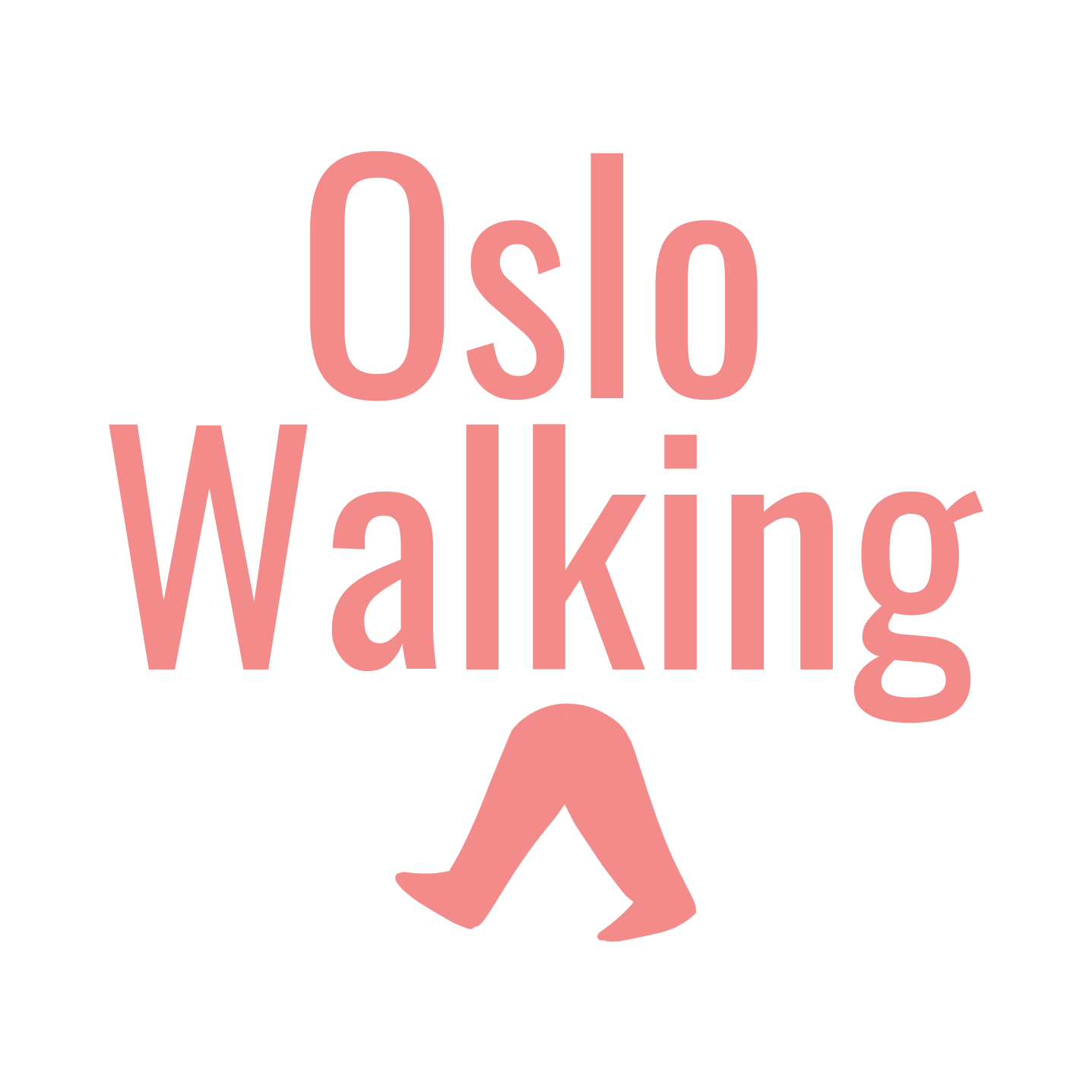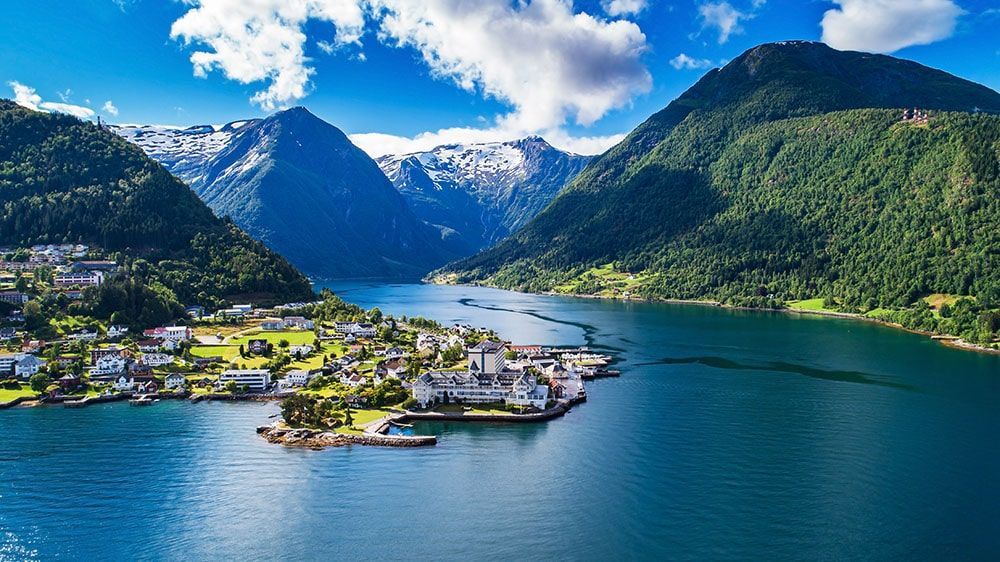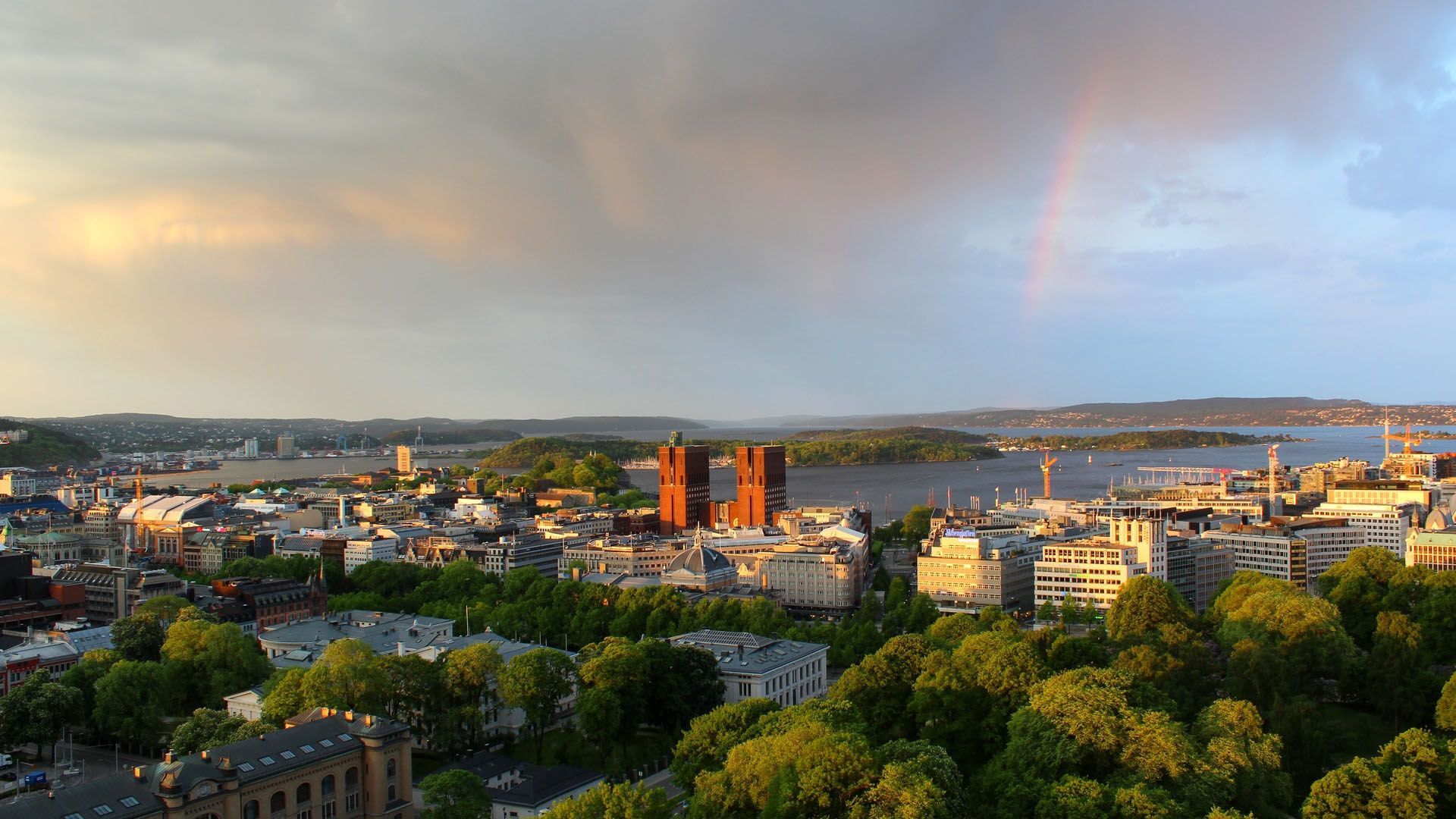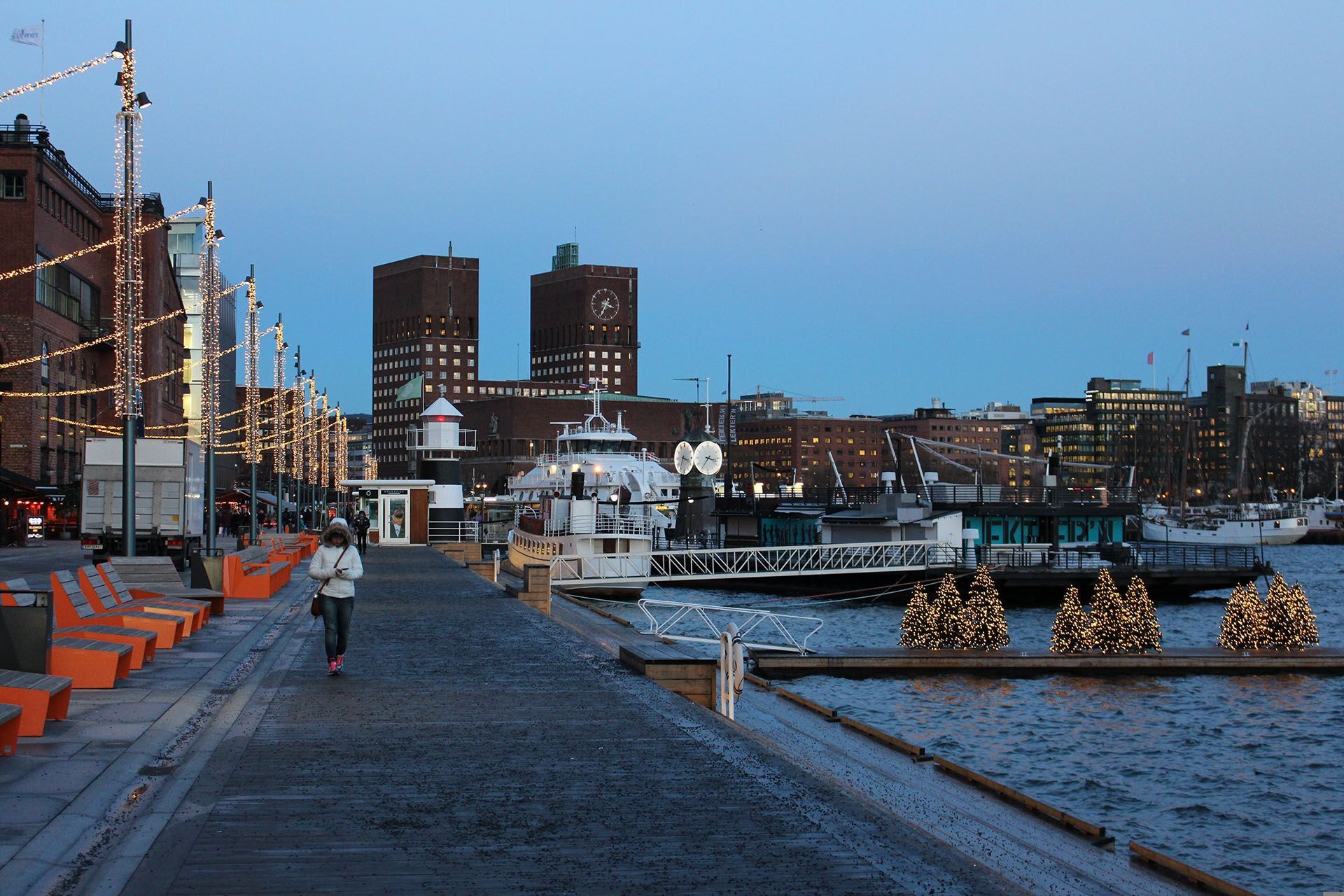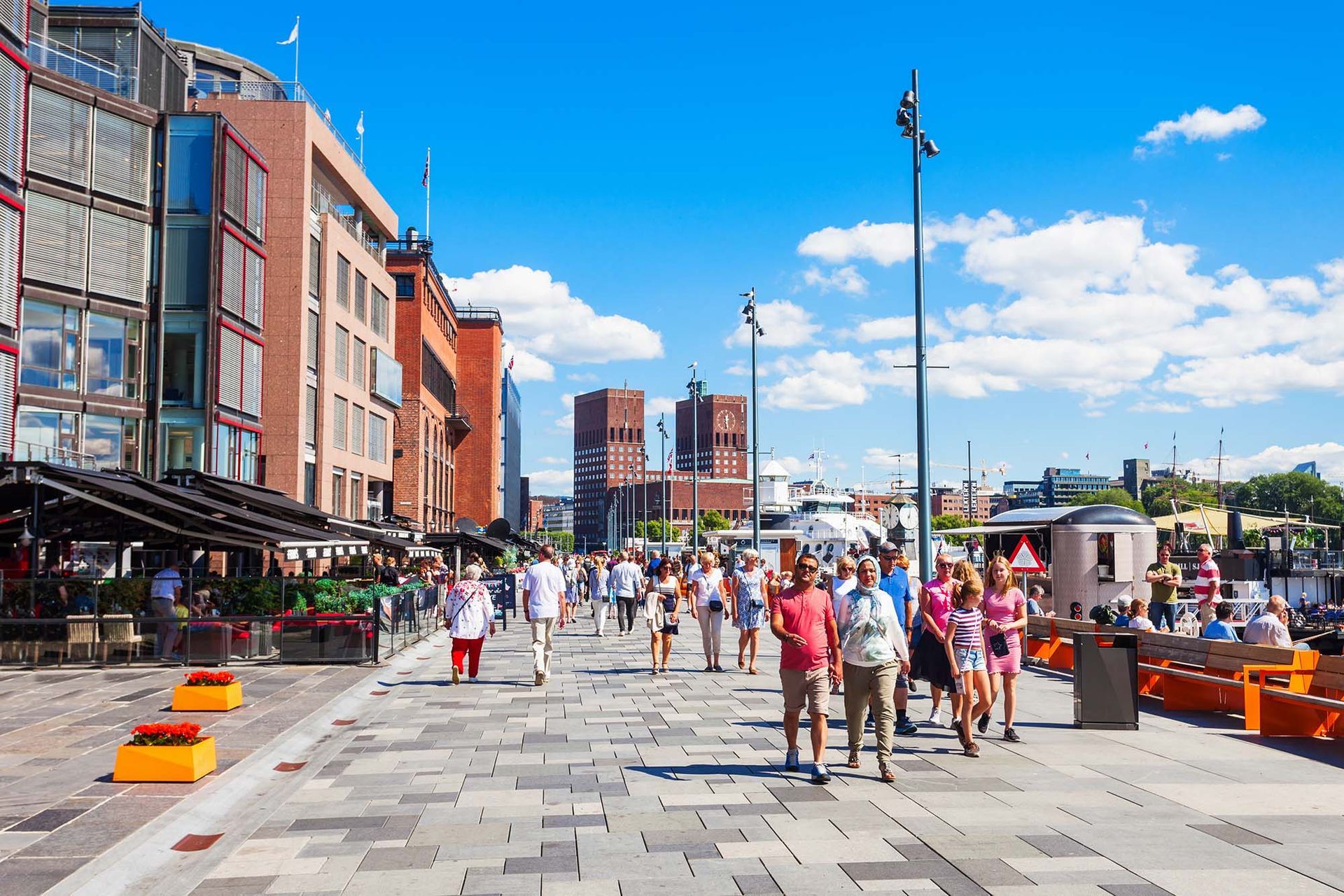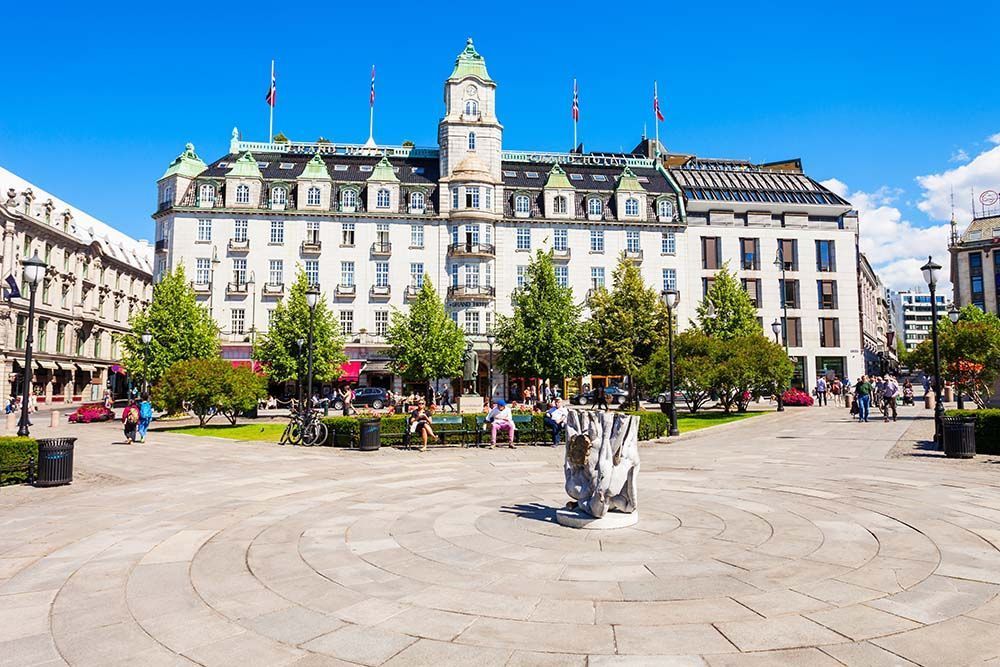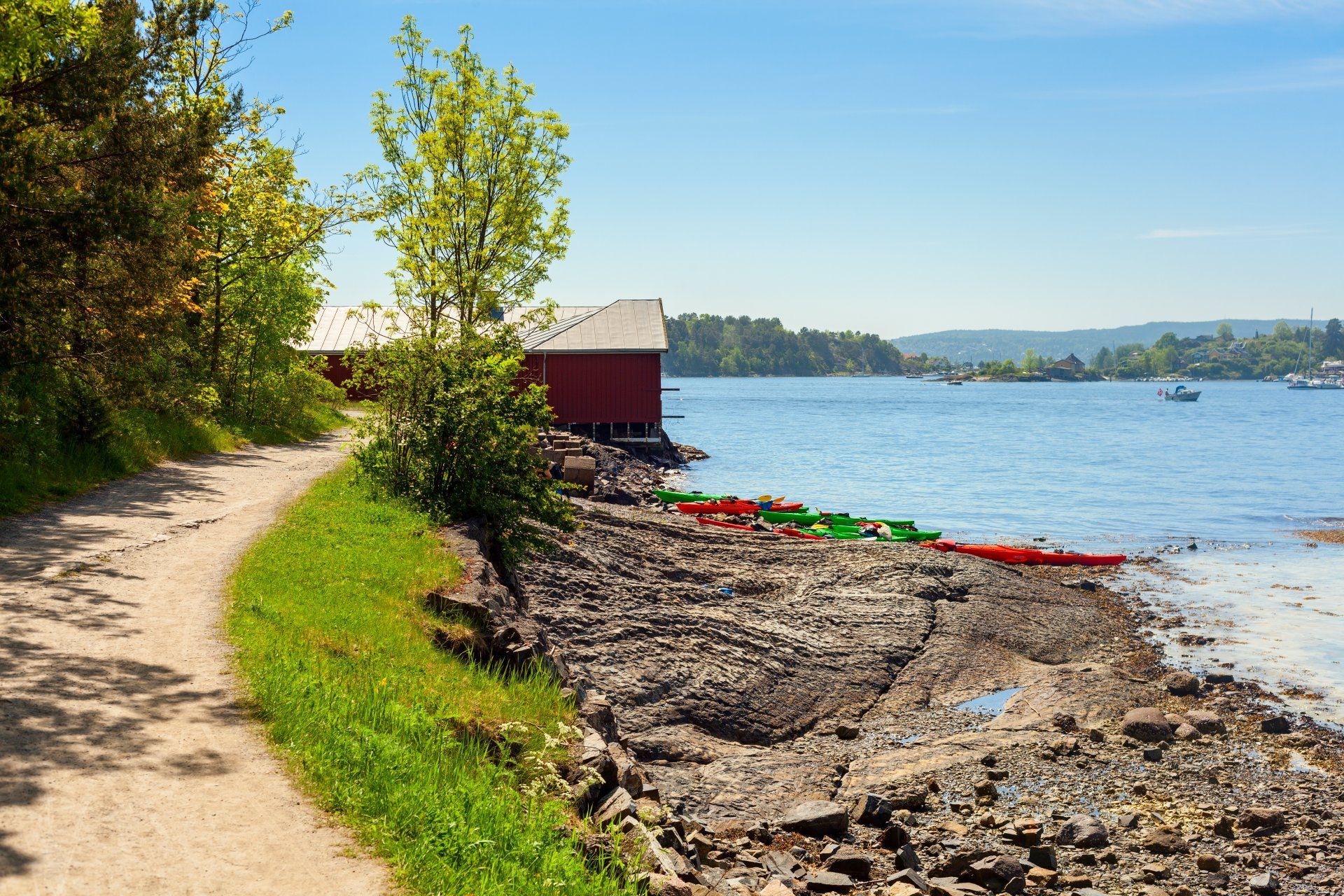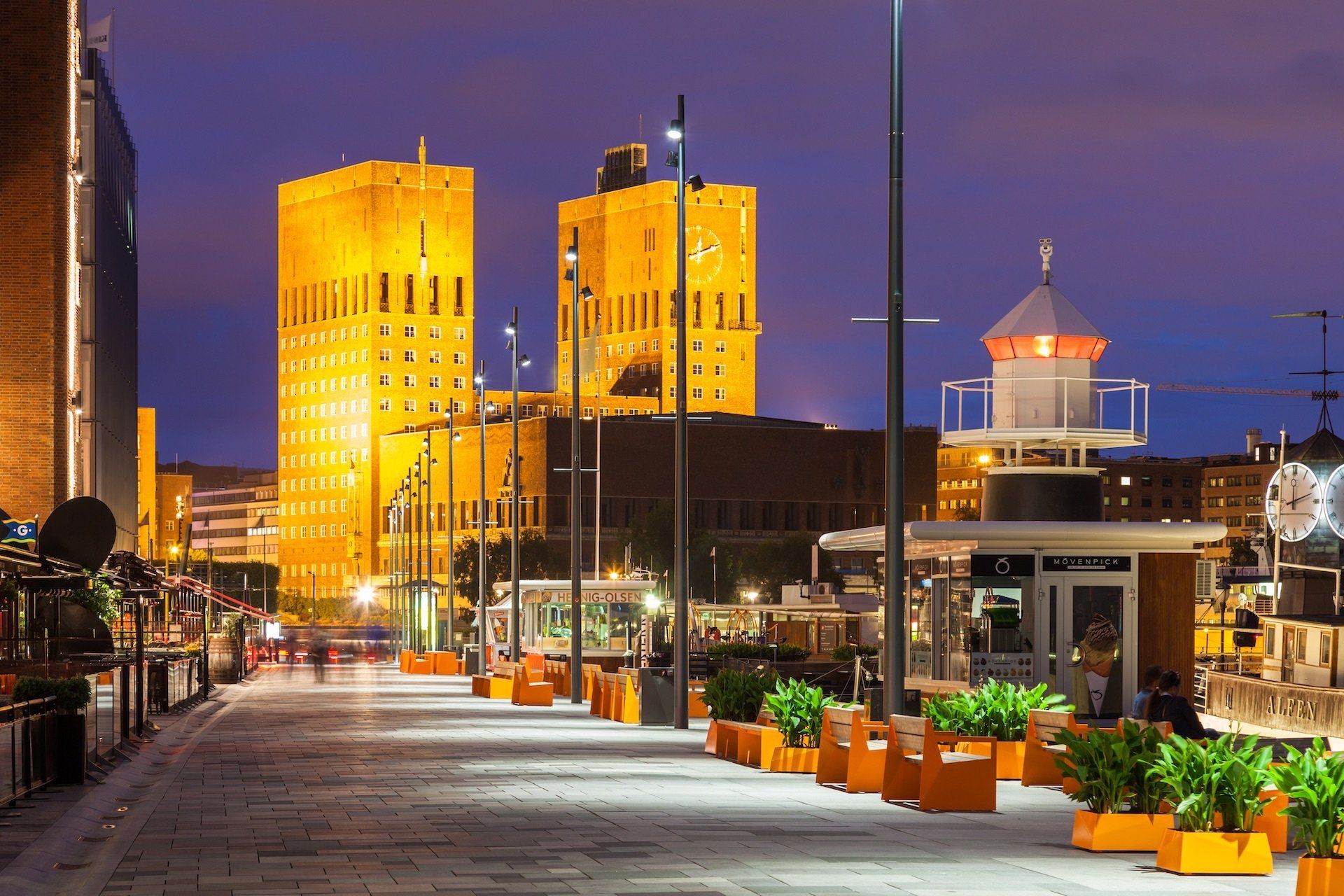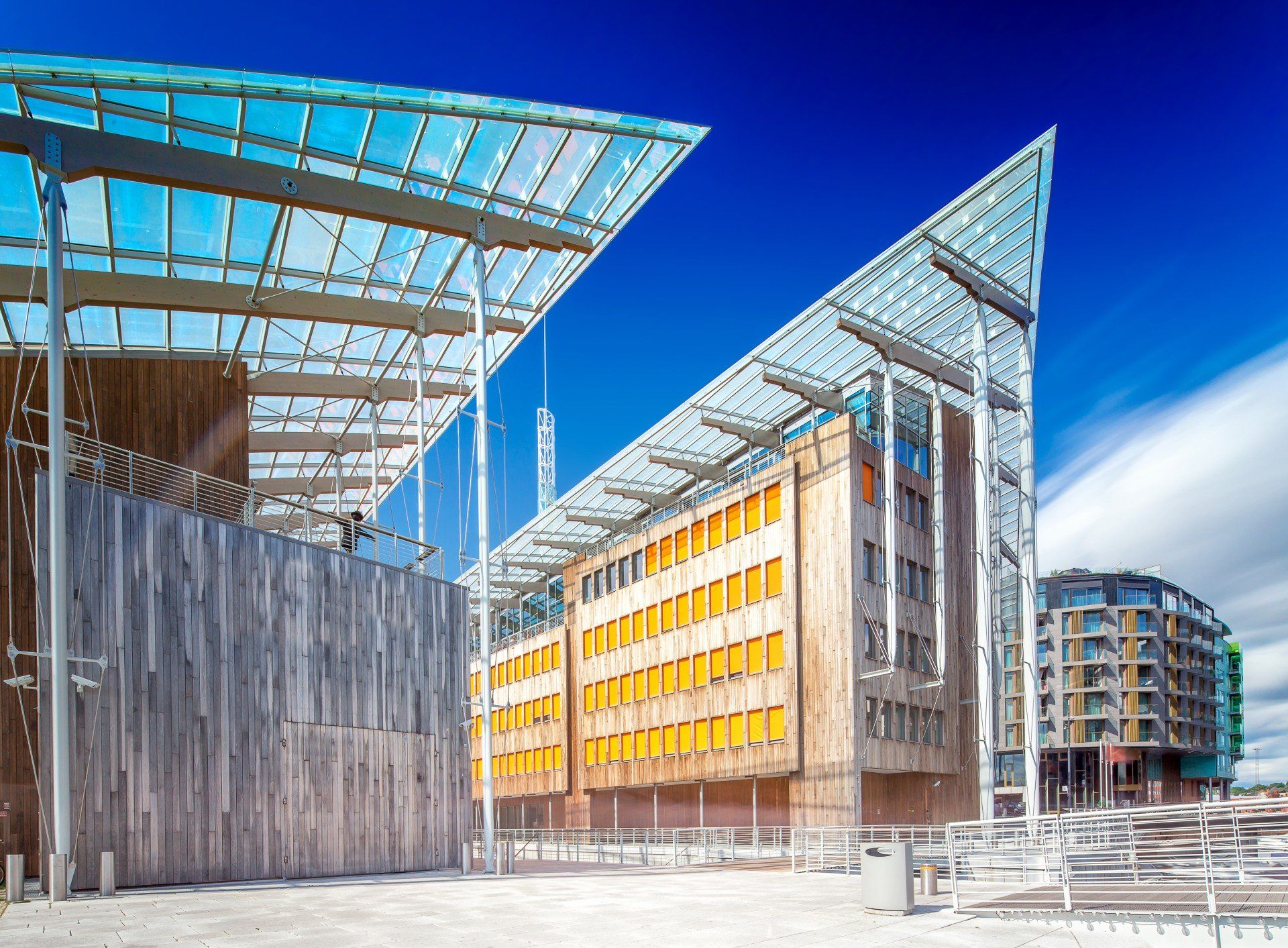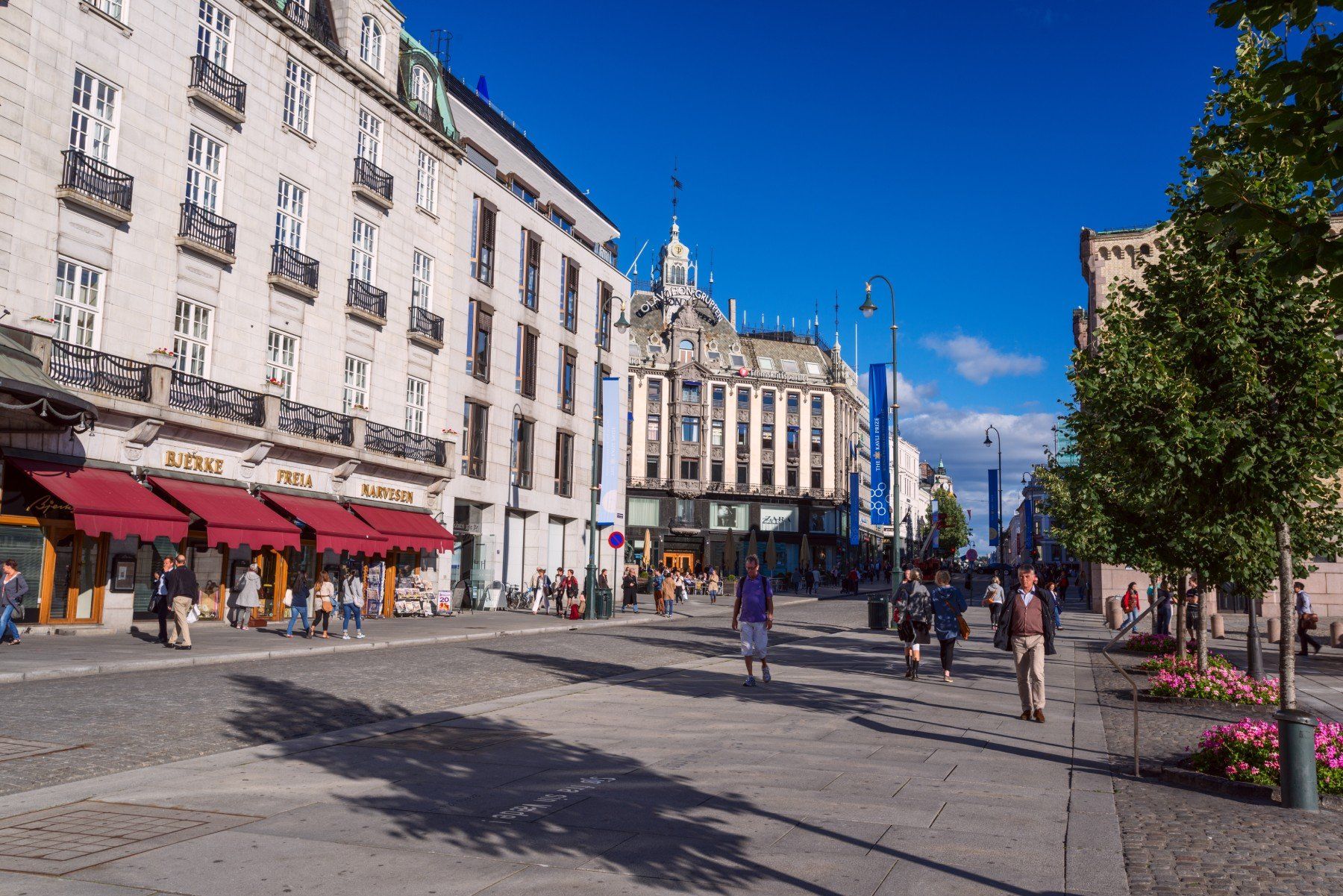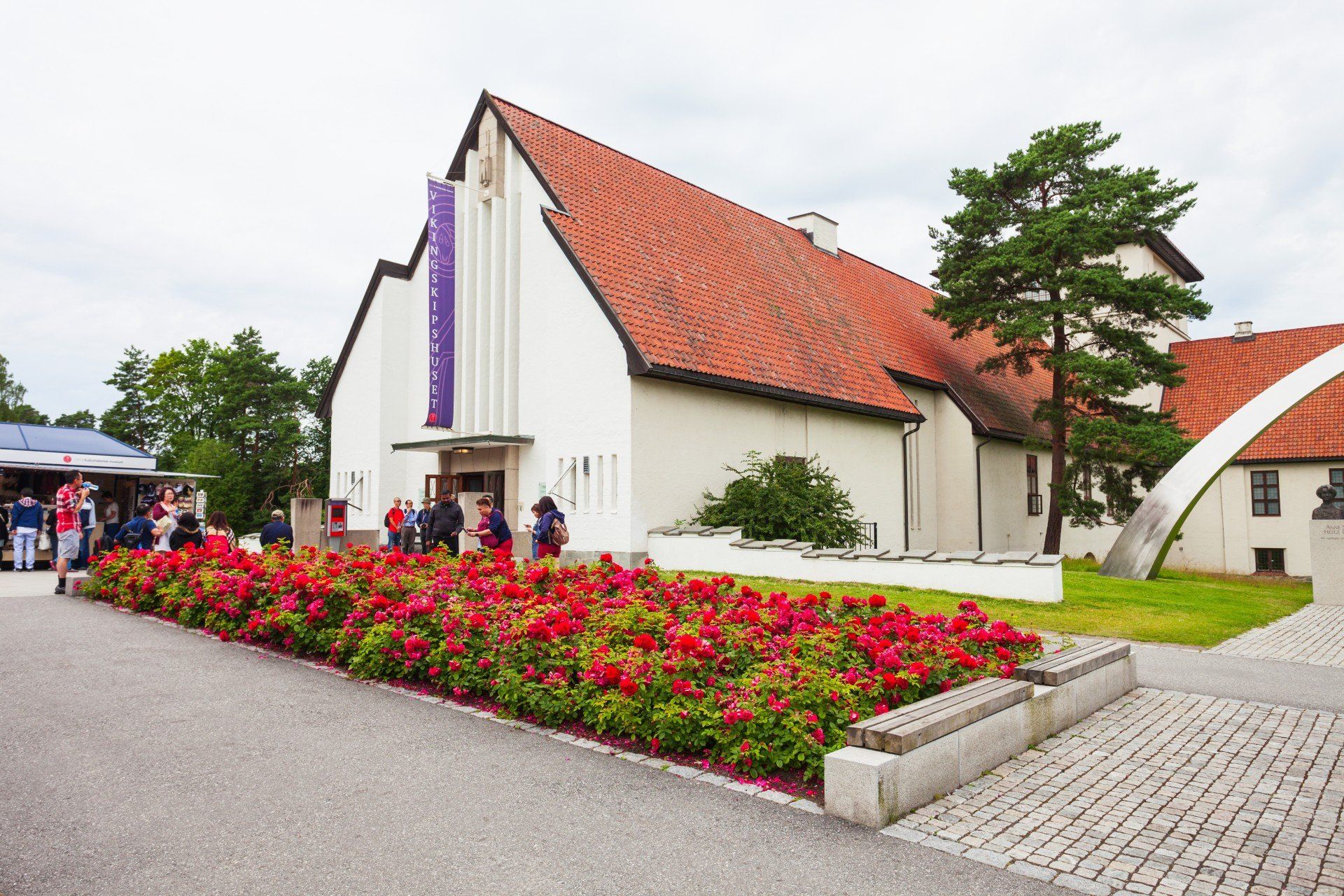Top 5 Free Travel Attractions in Oslo
Oslo, just like any other Norwegian city, is in every aspect a very pricey city. And if you are traveling on a budget, you may wish to save some share of your money.
There are a couple of ways to spend less on your visit to Oslo, and one of these ways is to discover the free attractions in the city. And even though these attractions are free, some of them are among the most popular and visited sites in Oslo.
So, now let’s have a look at these free tourist attractions in the Norwegian capital in detail. Here, we have compiled a list of the best free attractions for any tourist to visit in Oslo.
Oslo Opera House
This exceptional building is a bright example of modern Nordic architecture and symbolizes a glacier floating in the Oslofjord. You can climb on the roof of this edifice without stepping a foot inside and enjoy a beautiful view of the city.
Besides, you can enter the lobby for free or, even better, you may purchase a ticket and enjoy a performance. At times, rock and metal bands hold their performances in Oslo Opera House, as the building’s acoustics make this place ideal for fantastic performances. Namely, the renowned Norwegian band Satyricon has held a concert here, together with the Norwegian National Opera Chorus (the recording of this performance is available on YouTube).
Vigeland Sculpture Park
Frogner Park (as it is known among the locals) is home to an impressive, one-of-a-kind installation that consists of 212 sculptures and culminates in a huge monolith. All of these sculptures were designed by Gustav Vigeland, a prominent Norwegian architect, and they depict all aspects of human life. The park is accessible for free 24/7.
Vigeland Park is one of the most famed attractions in Oslo, and it’s a site that would be unforgivable not to visit while staying in the Norwegian capital. This is the world’s largest sculpture park by one artist. There are, indeed, other big open-air sculpture parks in the world, but none of them has been created by the same artist.
Oslo City Hall
Oslo City Hall is a monumental building in the vicinity of Aker Brygge, the construction of which finished in 1950 and signified the Aker Brygge's transformation from a poor working neighborhood to the affluent area we know today. Yet, the city hall's history of construction was quite dramatic — the idea of building this edifice was conceived back at the end of the 20th century, but two world wars and an economic crisis slowed down the process.
When you visit the city hall, you will notice that the interior of this red-brick building was decorated by great Norwegian art, which depicts the history, culture, working life, and traditions of Norway. Besides, entering the building is free of charge for everyone, so don't hesitate to include a visit to the Oslo City Hall in your itinerary. In addition to this, free carillon concerts take place every Sunday in the summertime.
Tjuvholmen Sculpture Park
This sculpture park is an installation in the affluent neighborhood of Tjuvholmen. It is located just next door to Astrup Fearnley Museum and it was designed by Italian architect Renzo Piano. And while it is no match to the world-renowned Vigeland Park, it remains a site with some exceptional examples of contemporary art.
Stortinget
Generally, the Norwegian parliament is not accessible to the public. However, there are free guided tours that take place on Saturday (you can look up the dates and information on the website of the Stortinget). Bear in mind that you cannot pre-book this guided tour, just show up at the agreed time.
